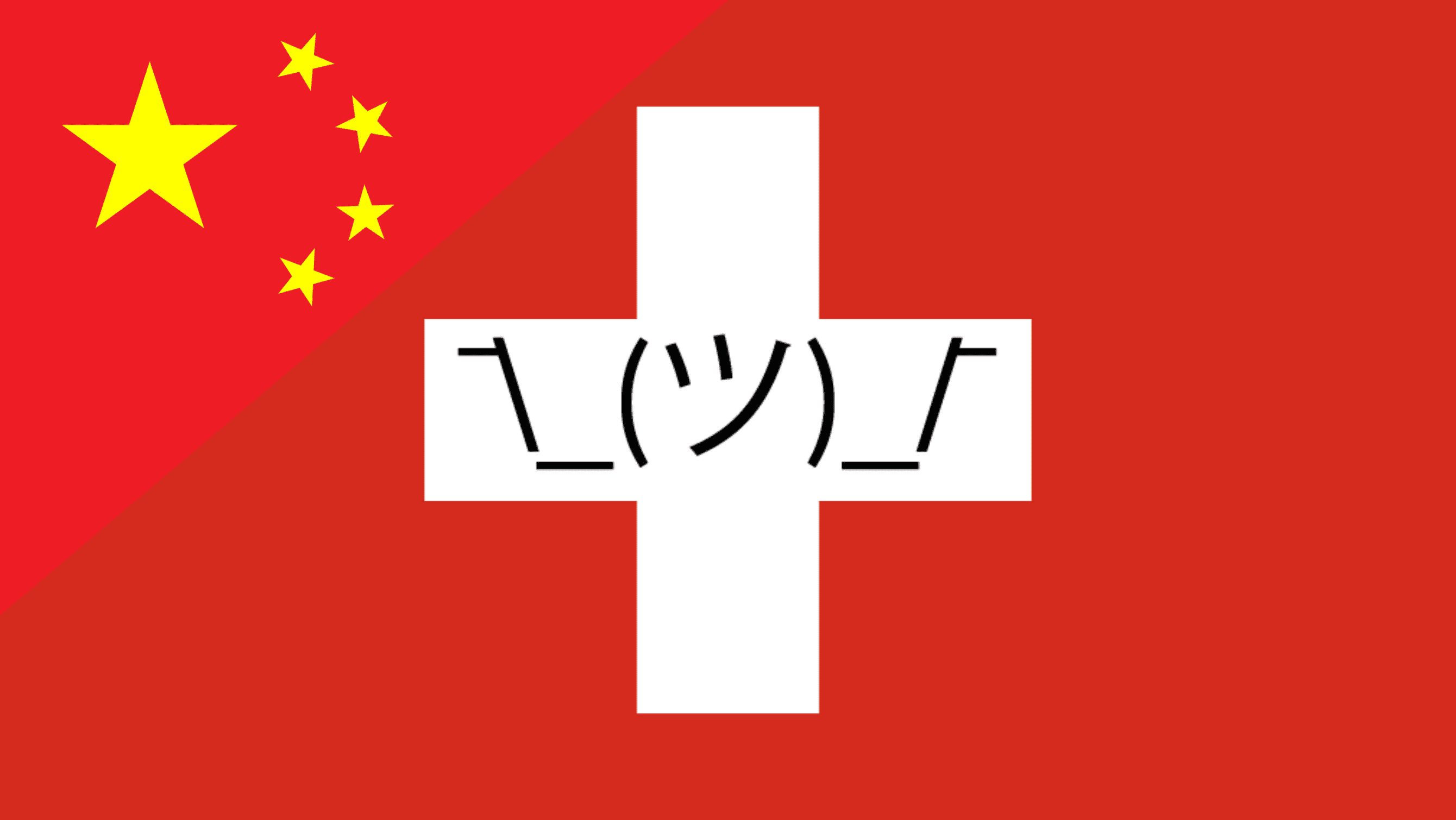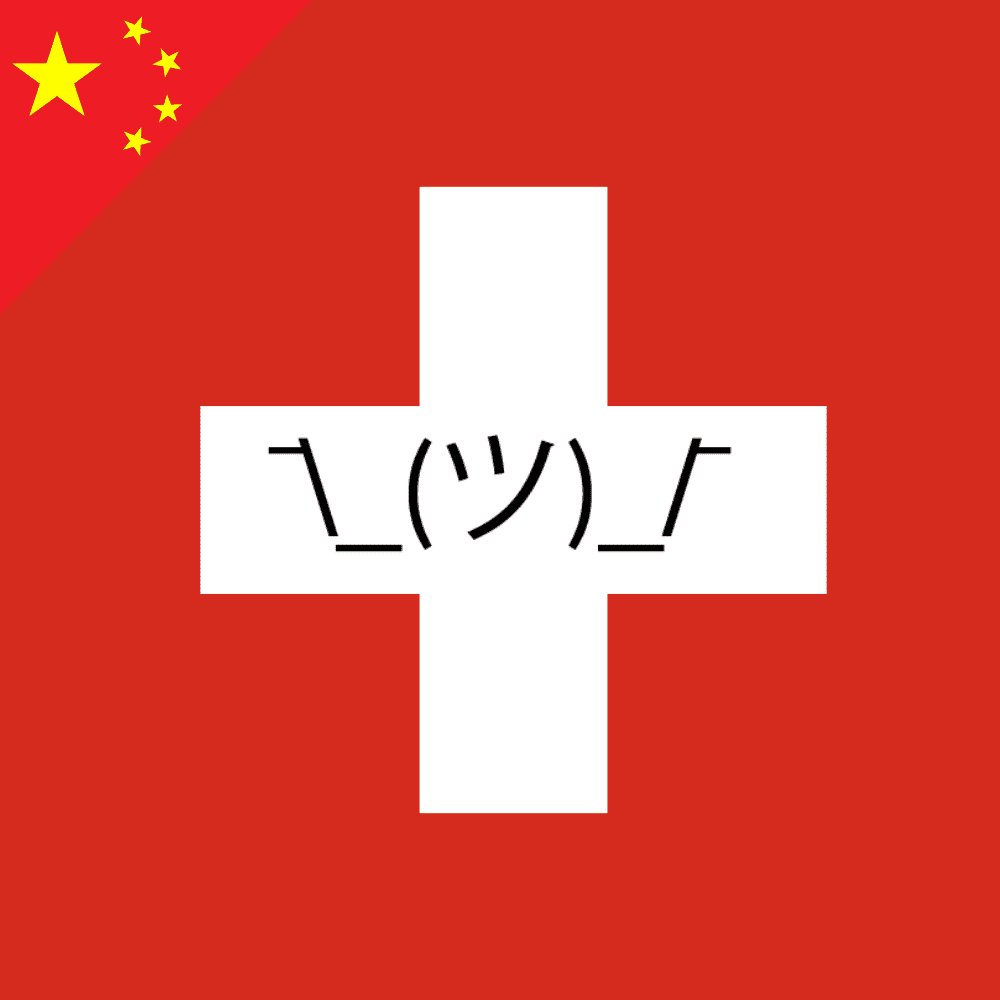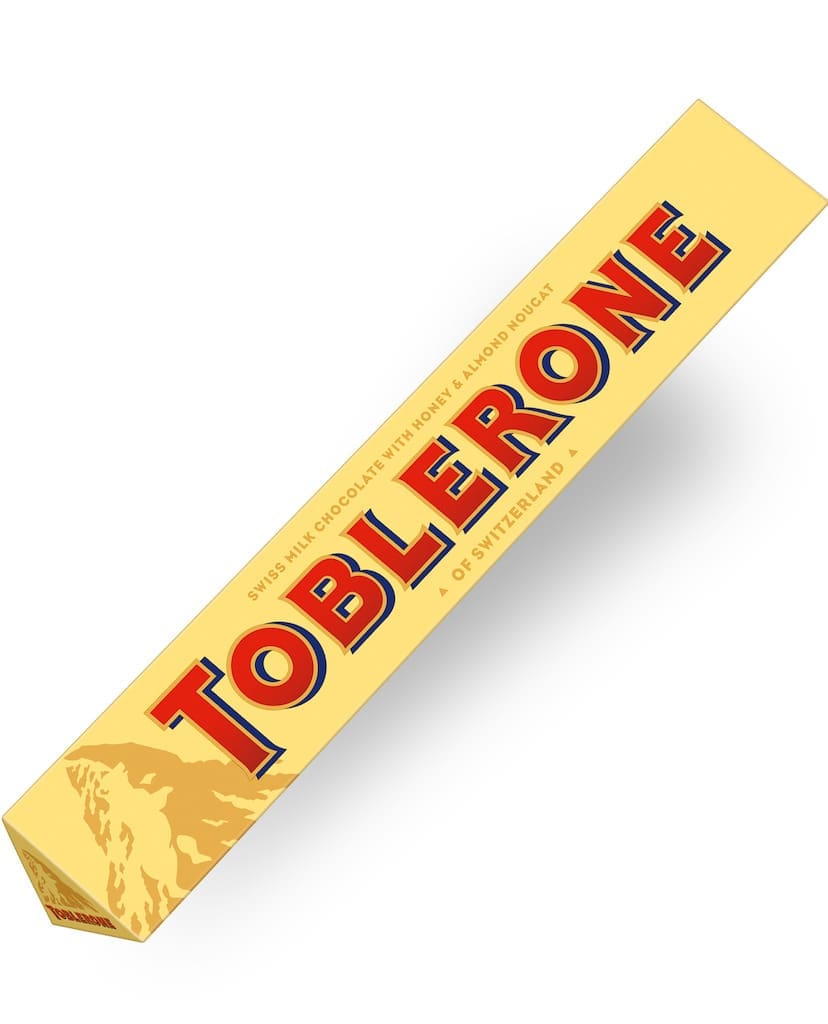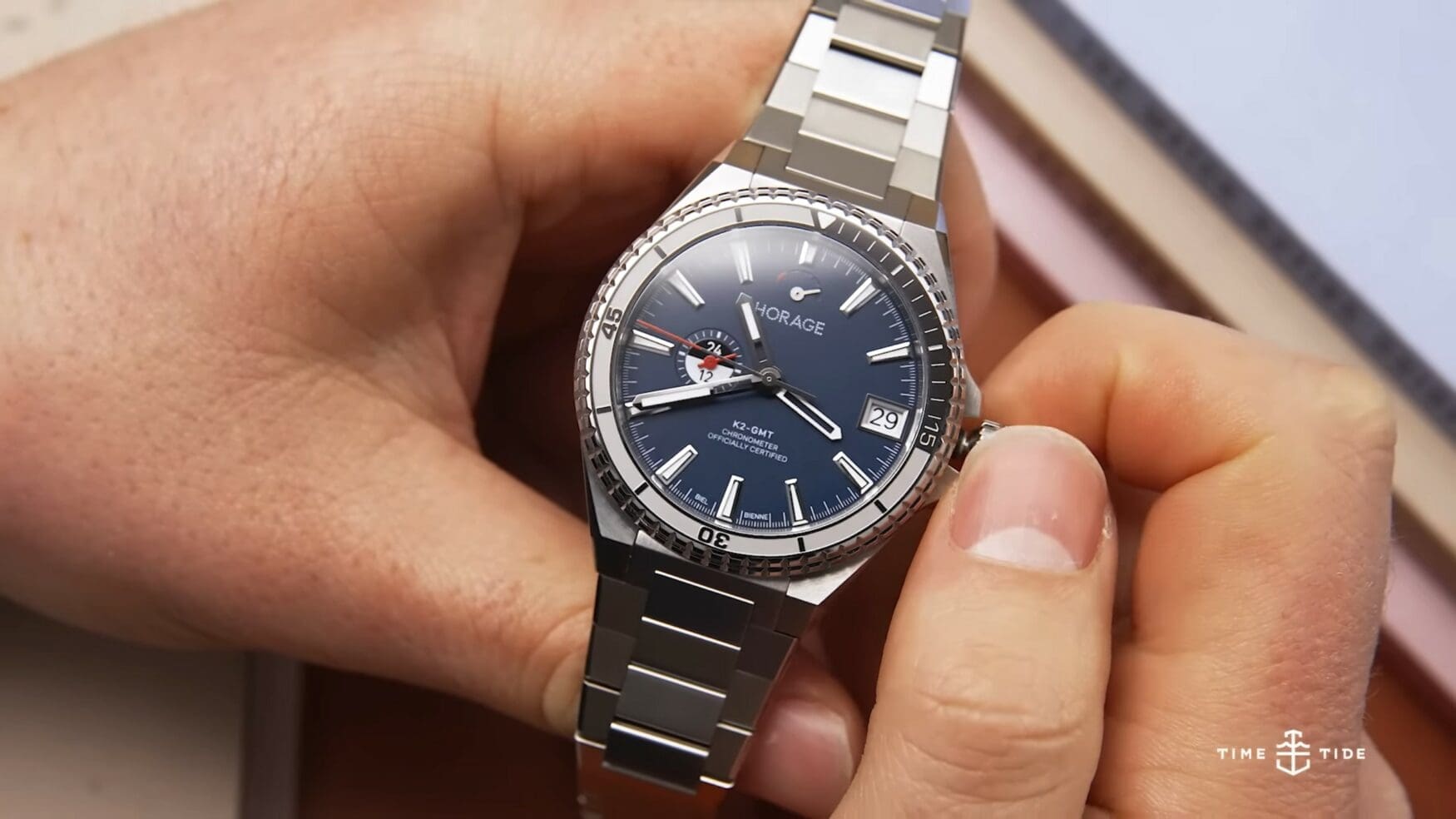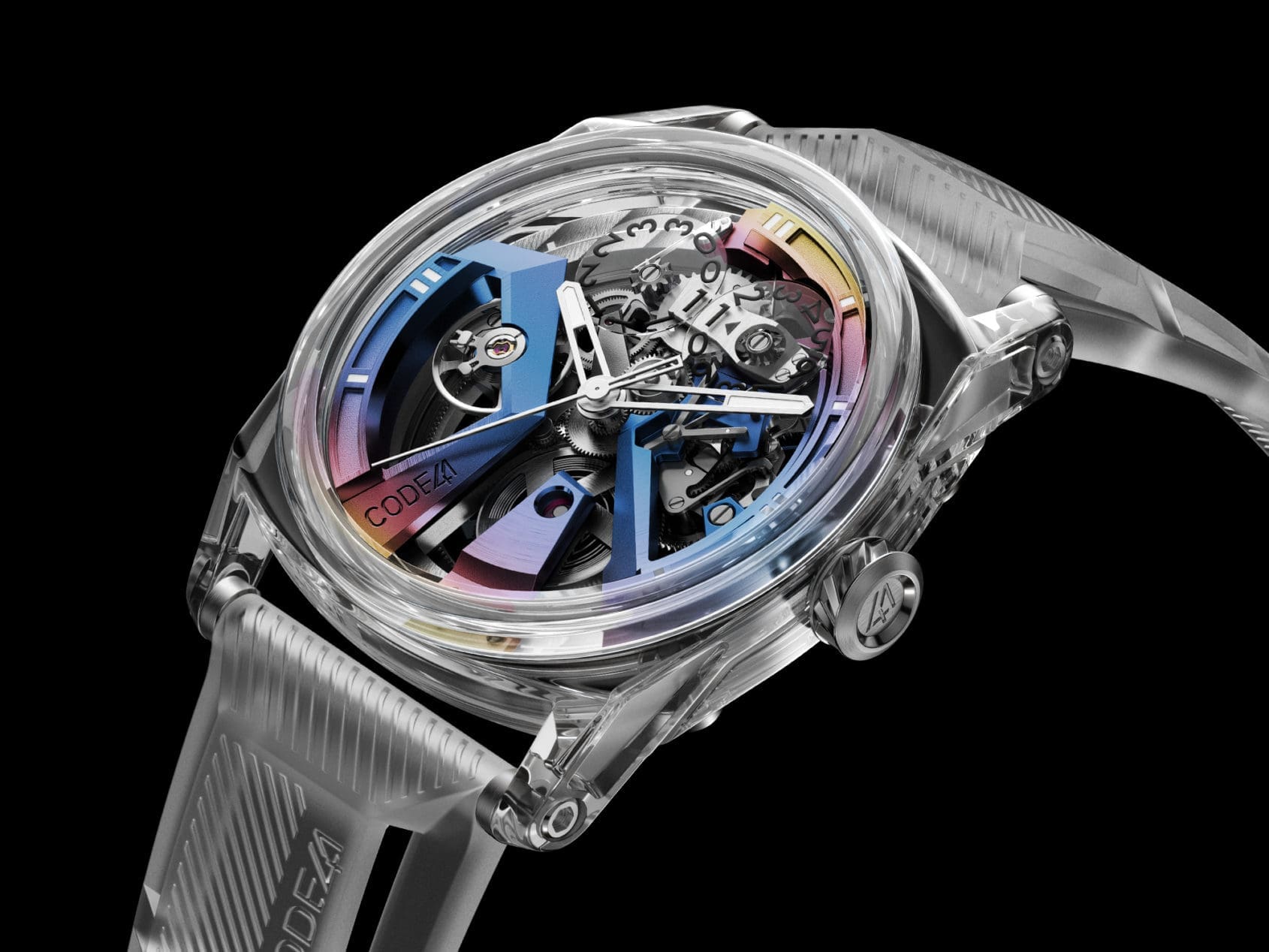How Swiss is Swiss enough?
D.C. HannayAccording to the BBC, the Swiss chocolate bar, Toblerone, is being forced to remove the image of the iconic Swiss Matterhorn mountain peak on its pyramid-shaped packaging, due to some of its production moving from Switzerland to Slovakia. The reason? Not Swiss enough. Clearly, having “Swiss made” on the label is valuable, especially for products like chocolate, cheese and, of course, watches. But how Swiss is “Swiss enough”?
It’s an open secret that many Swiss brands use parts that are manufactured overseas, including cases, bracelets, crowns, hands, and even movements (or at least parts of them). We’re not talking about “in-house” components, because you can build a watch in Switzerland, made up of Swiss manufactured movements, cases, bracelets, and so on, even if you as a brand do not build those parts yourself. So, should the “Swiss made” label be reserved only for brands that use 100% Swiss components and manufacturing, or is there room for more leeway? And does it really matter?
Certainly, at the higher end, brands like Rolex and others are fully “in-house”, but that only happens above a certain price point. Further down, established brands can certainly claim to be Swiss made by utilising movements and other outsourced components from Swiss specialist manufacturers. But where things get dicey are at the entry and even mid-level. Realistically, there’s no possible way for a Swiss brand to make a 100% Swiss product profitable under a certain price cutoff. The laws defining “Swiss Made” are labyrinthine and complex, but in simple terms, 60% of a timepiece’s value must be of Swiss origin to qualify. The grey areas appear in whether that 60% value comes from parts origin, labour, marketing, or other costs.
To be clear, many world-class timepieces are made in places other than Switzerland, including Germany, Japan, and even a handful in the UK and USA, but Switzerland remains top-of-mind, perception-wise. Clearly, the “Swiss Made” brand still carries weight, but sometimes the waters are rather murky. Some Swiss brands have chosen to address the issue head-on, with rather shocking frankness.
Brands like Horage and CODE41 have both been exceptionally transparent when it comes to their sourcing and manufacturing, and I applaud that. In fact, Horage chose to brand their watches as “Hand Made” rather than Swiss, even though I reckon many of their timepieces are a sight more “Swiss” than others.
And here’s the other thing. There are cases and bracelets coming out of high-tech Asian factories that rival the workmanship of manufacturers anywhere else. Many of those factories are unknown to the public, because the bulk of their orders come from other manufacturers, so they have no need to advertise their services. Can they match the craftsmanship of the finest hand-made Swiss components? Not quite, but you’d be startled at their level of precision. Perception versus reality, in terms of quality: Asian-made components can equal or even surpass the quality control sniff test when we’re talking about entry and midrange products. The question becomes, does origin really affect your enjoyment of the watch, or does it come down to strictly bragging rights for the watch snob? Swiss authorities have been working toward more universal standards for earning the “Swiss Made” moniker, but clearly, there’s room to improve. The brand still carries immense weight, despite variances in interpretation, but perhaps implementing blockchain and other technologies will move things forward.




